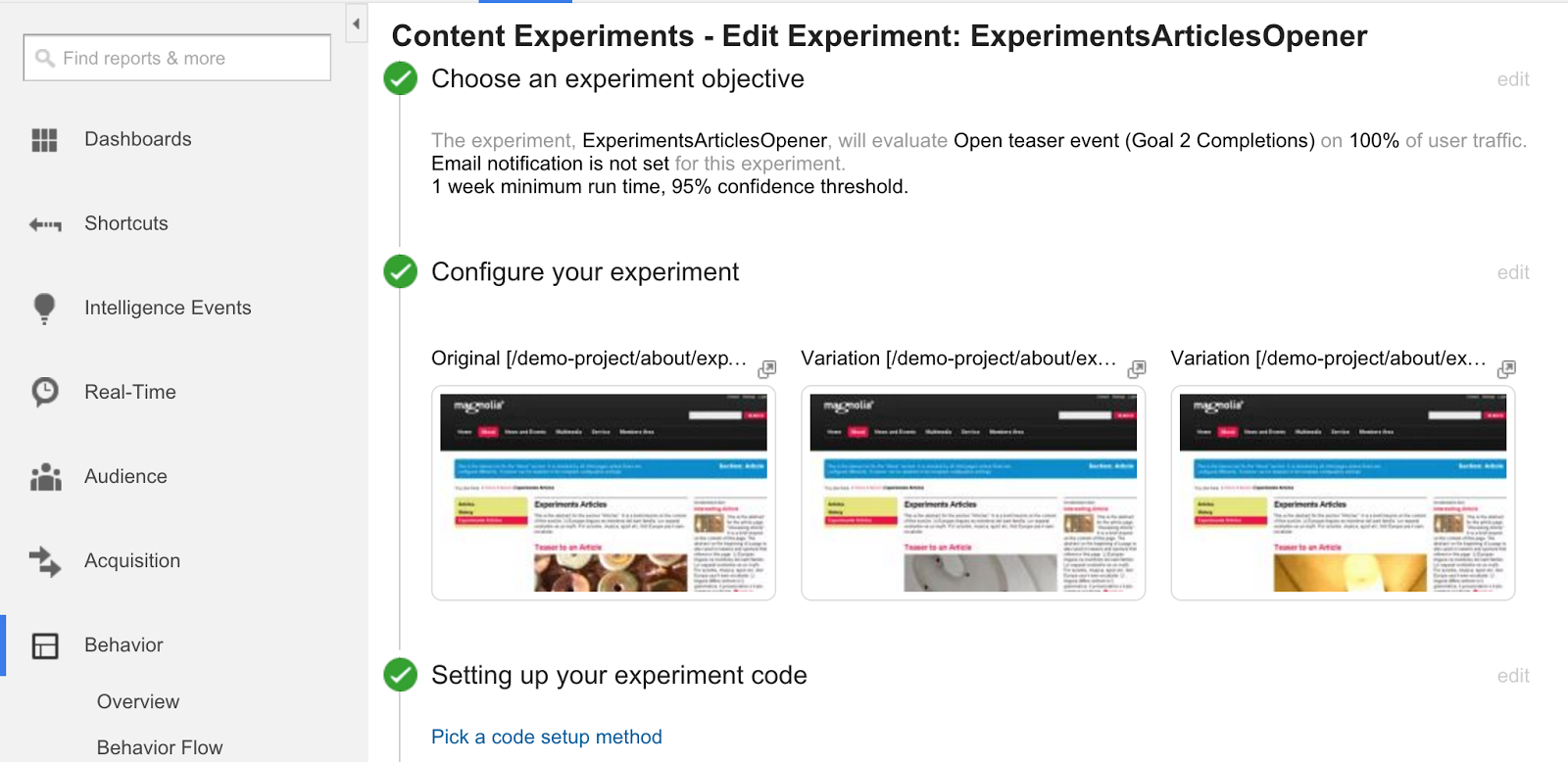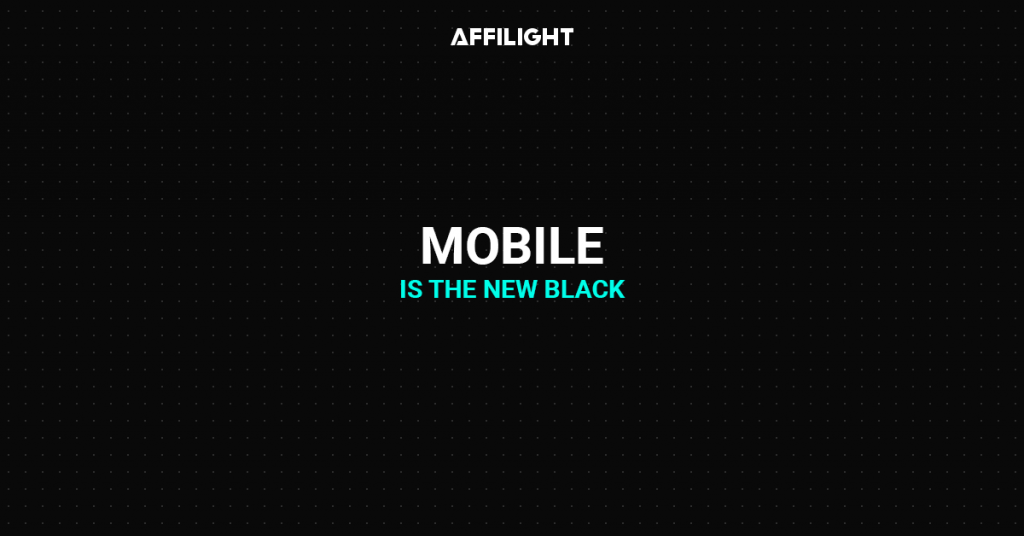Some time ago we advised to make A/B test to increase a conversion potential of a landing page. Read this topic to know more.
In this article we’ll tell why AB testing (or split testing) is an essential part of an optimization process of other elements of a landing page.

AB testing: what’s this?
This test is a marketing tool, allowing to estimate and manage the effectiveness of a landing page.
A/B test allows to evaluate the quantitative performance of two web pages and compare them with each other. The main idea of this tool is to find the ways to increase the performance of a landing page, varying elements on it: colors, buttons, slogans, calls to action, forms, sizes, layouts etc.
For example, we have a landing page A and its conversion rate is about 2,5%. Our goal is to increase it up to 5% for example. So we create landing page B changing some element – for example, the color of the action button. To make a test we need to divide traffic 50/50 between those two variants in random order. So after we get results, we can compare them and make a decision which variant – A or B – performed better.
Let’s suppose page B won, but we couldn’t get 5% however. Now we should take page B as a base page and create page C with some adjustment. And go on with testing till we reach the target 5%.
What to test?
It depends on your marketing objectives. But generally marketers used to test:
- Text, appearance and location of action buttons
- Title and product’s description
- Size, appearance and location of conversion forms
- Layout and design of a landing page
- Offer details (price, conditions etc.)
- Product photos and other illustrations
- Text on the page

How to test?
There are many services to choose from.
The leading ones are Optimizely, Visual Website Optimizer, Unbounce.
But there is a free and handy way to make A/B test – Google Analytics.
In addition, you can find all information about The Content Experiments in Google Analytics here: the content experiment interface.


